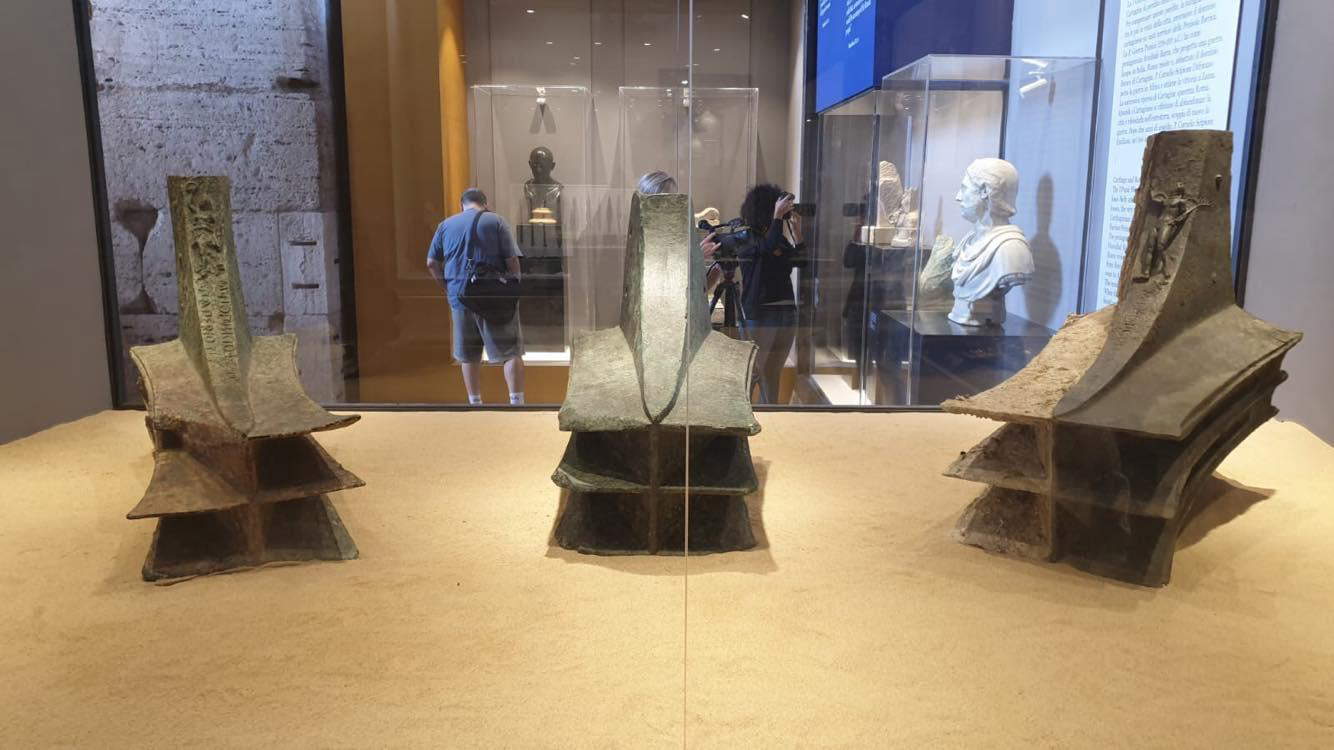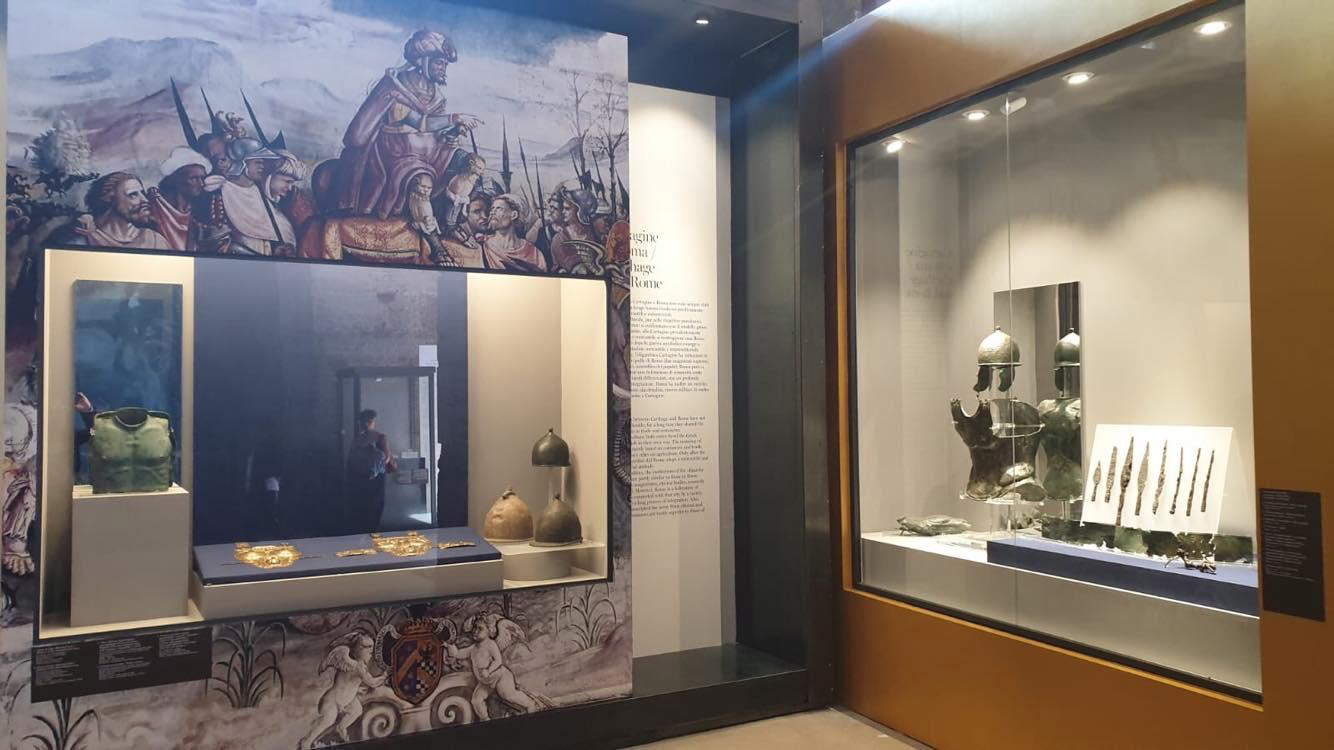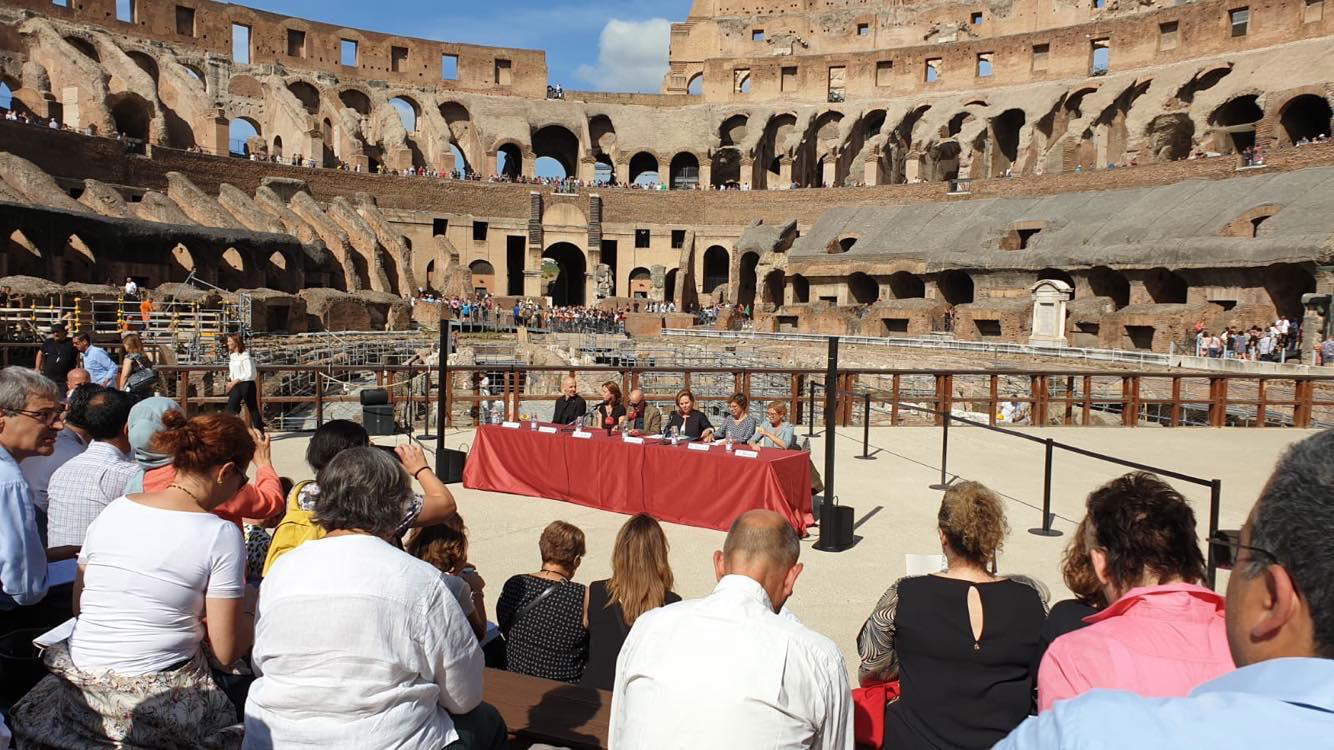Among the first applications of the new Sicilian regulations on loans, under which it is, in fact, the Assessore dei beni culturali who authorizes the loan of works of art and goods, is the one that saw 120 precious artifacts leave six regional museums for six months, transferred to the Roman exhibition Carthago: il mito immortale, until March 29, 2020, at the Colosseum Archaeological Park in Rome. But, in addition to expressing the “appreciation” without which the administrative machine cannot get going, as stipulated by the Tusa Decree on loans last January, President - Interim Councillor (for a good seven months now) Nello Musumeci, also said something else. That against the substantial loan there would be a “form of compensation.” In short, a quid pro quo. Which, instead, there is not. Now, it is not that there always and necessarily has to be. Mind you, there are cases where even just “being there” can be a source of pride, such as the loan of the Mazara del Vallo Satyr for the high-profile scholarly exhibition on Praxiteles at the Louvre in 2007. And the Roman exhibition also has what it takes to really present itself as a major cultural event: it is, in fact, the first major exhibition, entirely dedicated to the history and civilization of one of the most powerful and fascinating cities of the ancient world. But if you say one thing...
 |
| The exhibition Carthago. The Immortal Myth |
 |
| The exhibition Carthago. The immortal myth |
 |
| Presentation of the exhibition Carthago. The immortal myth |
What reason was there, in fact, to pass off as a “form of compensation for the loan” the accompaniment of “technicians from the Higher Institute for Conservation and Restoration for all the work necessary for the exhibition of certain artifacts”? The ISCR, in fact, was only involved in the restoration of two pieces (a rostrum and a helmet), preceded by scientific analyses (metallographic, 3D survey with laser scanner, etc.), conducted by Barbara Davidde, who heads the Roman Institute’s Nucleus for Underwater Archaeology Interventions, an intervention agreed with Councillor Tusa in spring 2018, regardless of the exhibition. Counterpart means, on the other hand, sending back other works or supporting the creation of an exhibition in Sicily or funding an ad hoc restoration. And not regardless of the exhibition.
“This is,” Musumeci stressed, “a collaboration initiated by the region with the Colosseum Archaeological Park, with the intention of enhancing the rich cultural heritage of the island.” And, to quell any controversy in advance, after the questionable precedent of the monographic exhibition of Antonello da Messina in Palermo, the President Councillor specified that “it is the crowning achievement of a path strongly desired by Tusa.” But, subject, we said, even to the circumstance of “being there,” how did this enhancement come about? We are, in fact, talking about loans that are not only qualitatively important, from “star” museums such as the Orsi in Syracuse and the Salinas in Palermo, but that are also so numerically: more than a quarter of the works (400) on display in Rome come from Sicily alone. They are welcomed by the most important section of the exhibition, the one dedicated to the Punic Wars, with finds from the waters of Levanzo, where the Romans defeated the Carthaginians on March 10, 241 BC. A date, too, that in Sicily will forever be fatally linked to the tragic disappearance of Tusa, precisely on March 10. The first “return of image” that, therefore, one would have expected is that the Sicilian Region would have proposed that that section be dedicated to its archaeologist Assessor. Especially since Musumeci stressed that “the exhibition is a fitting tribute to his memory.” And, instead, in the section in which “Sicily will be the absolute protagonist,” not only is that name missing, but also that of Sicily itself: it is entitled, in fact, Carthage and Rome. A “return of image” escaped even the "Corriere della Sera,“ which speaks of ”testimonies coming from Spain, Malta, Germany, the Bardo Museum in Tunis or Lebanon, Beirut" and is silent about Sicily. While no special mention is given even on the website of the Colosseum Archaeological Park.
But is there anyone who could have better evaluated the terms of the agreements? For example, that Regional Council of Cultural Heritage of which, convened ad hoc for that one firing in January that gave the go-ahead to all Sicilian archaeological parks, was no longer needed. Yet the regional law requires that it be heard for virtually every aspect of heritage protection and enhancement, including exhibitions. Especially the extra-regional ones. The point is that it was Tusa himself who decided by decree that it was politics that would give the green light.Significant is the date: on January 29, just the day before the maxi convocation of the Regional Council for the parks, the “technical” Tusa determined to deprive himself of the authoritative opinion of the very technicians, eliminating the role of the Council itself and reducing to an opinion (which in Sicily is never binding) the pronouncement of the director of the museum(s) concerned . And so amphorae, votive statuettes and portraits of emperors flew to Rome at the behest of politics once again. So much for the "return on image.
-Warning: the translation into English of the original Italian article was created using automatic tools. We undertake to review all articles, but we do not guarantee the total absence of inaccuracies in the translation due to the program. You can find the original by clicking on the ITA button. If you find any mistake,please contact us.